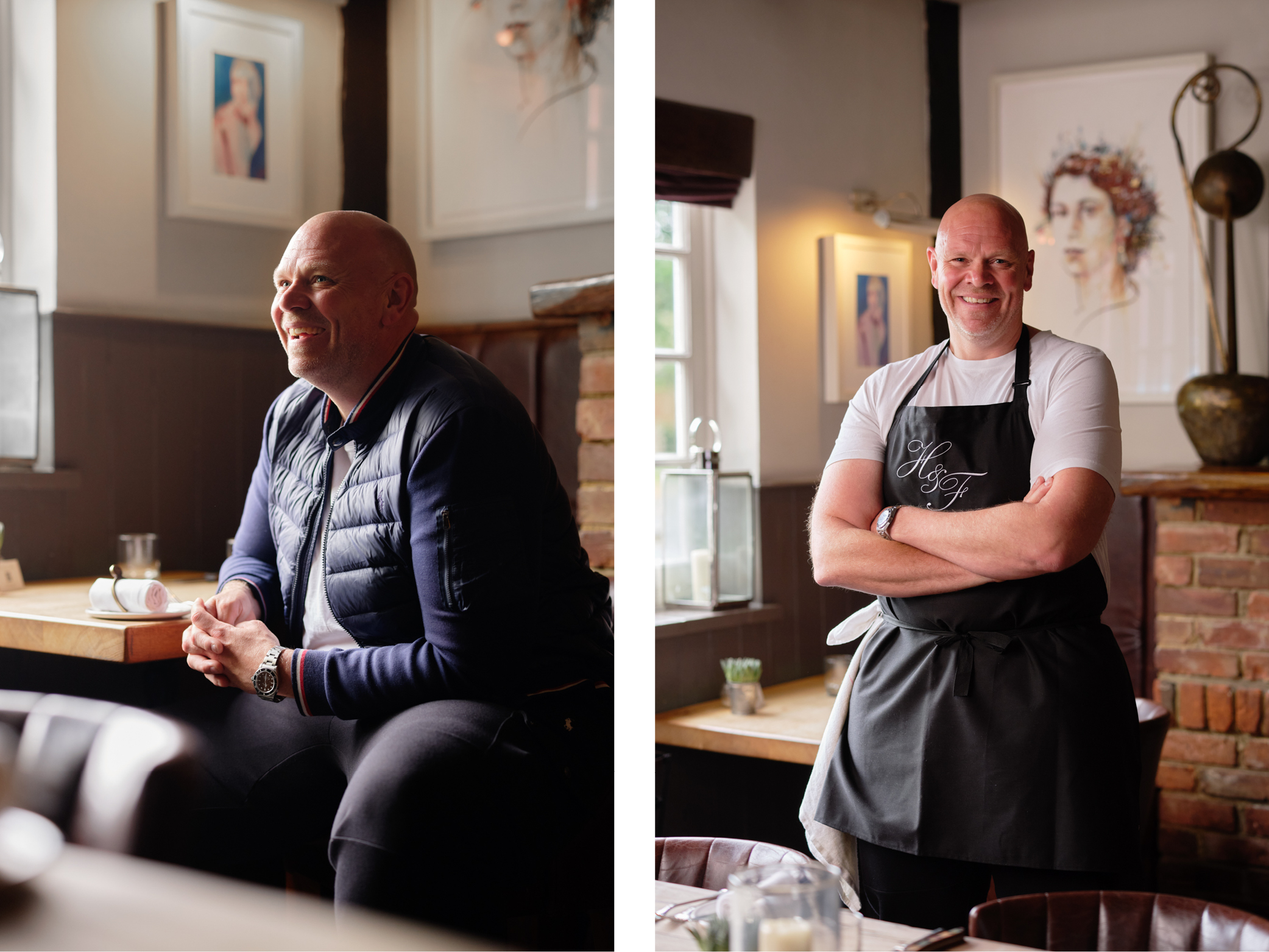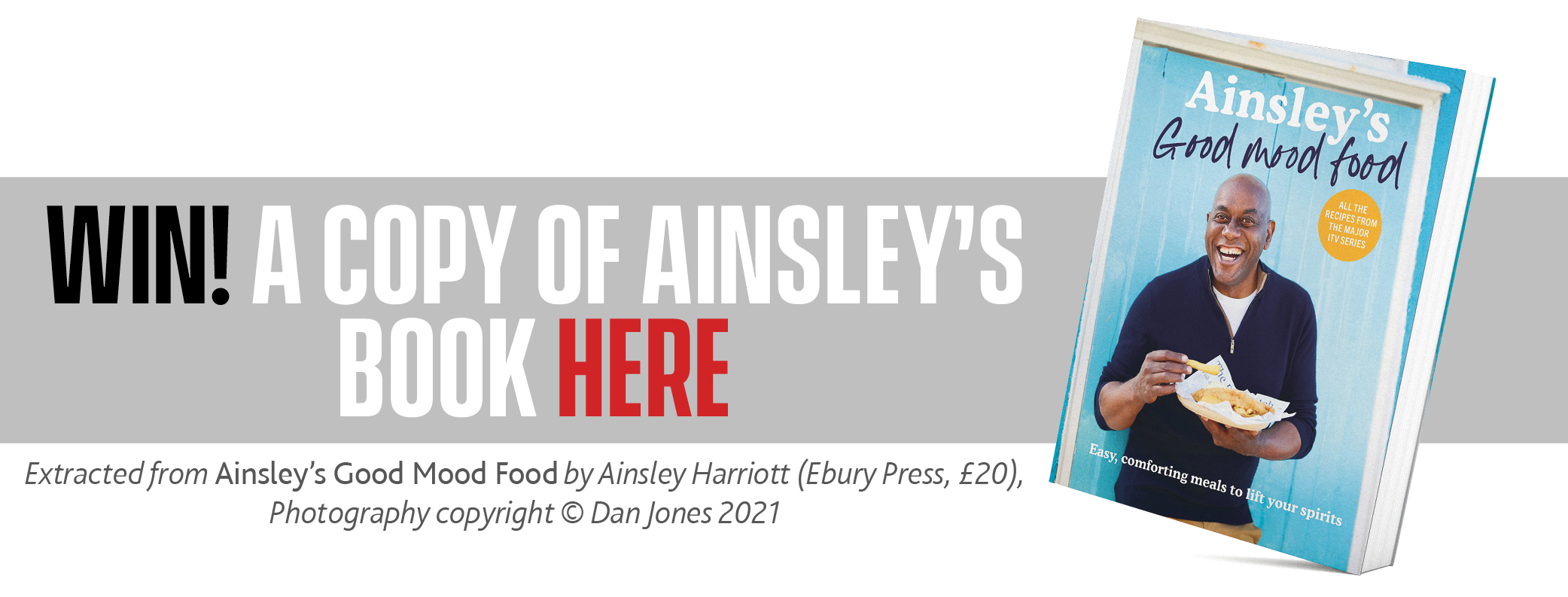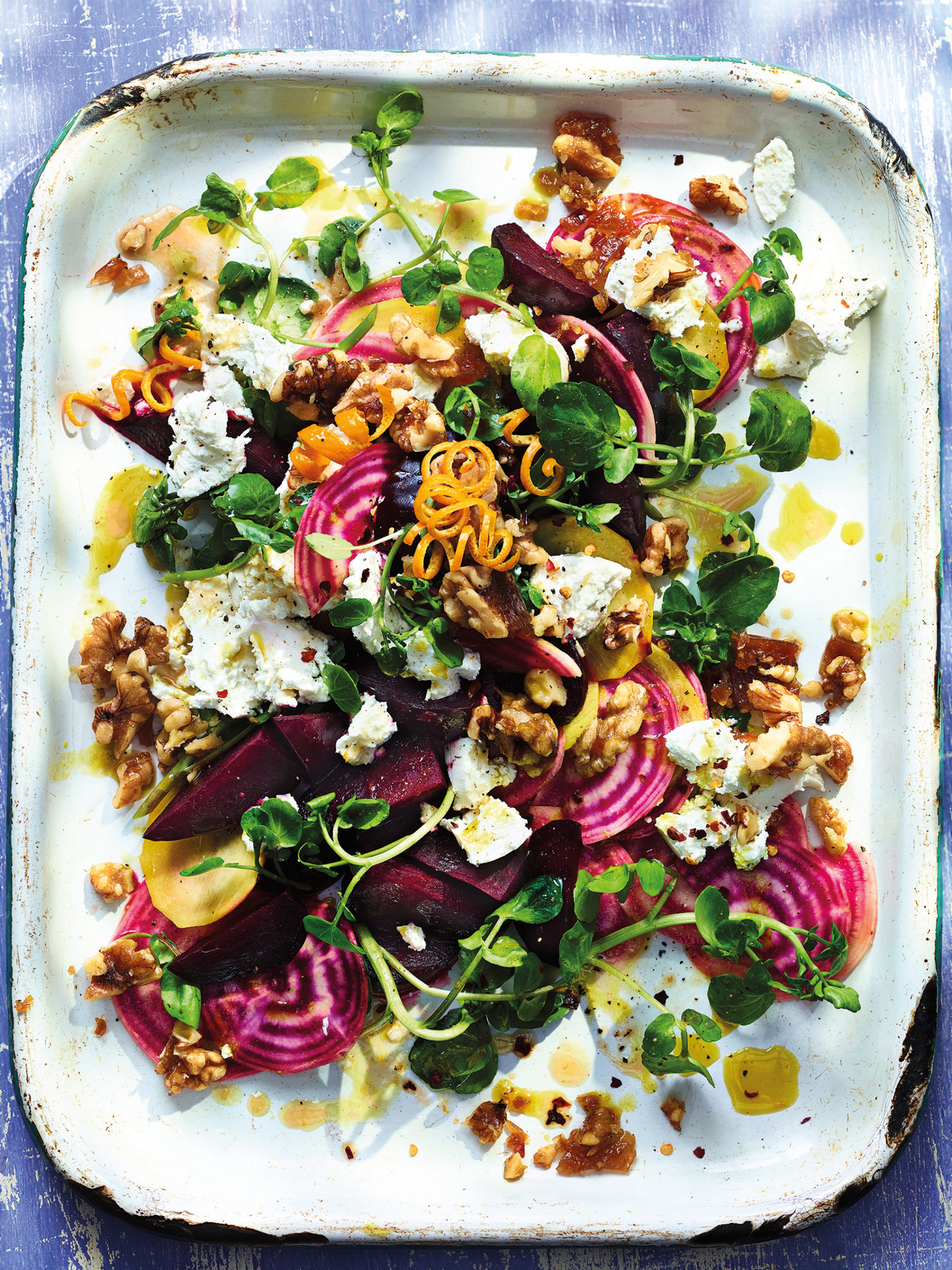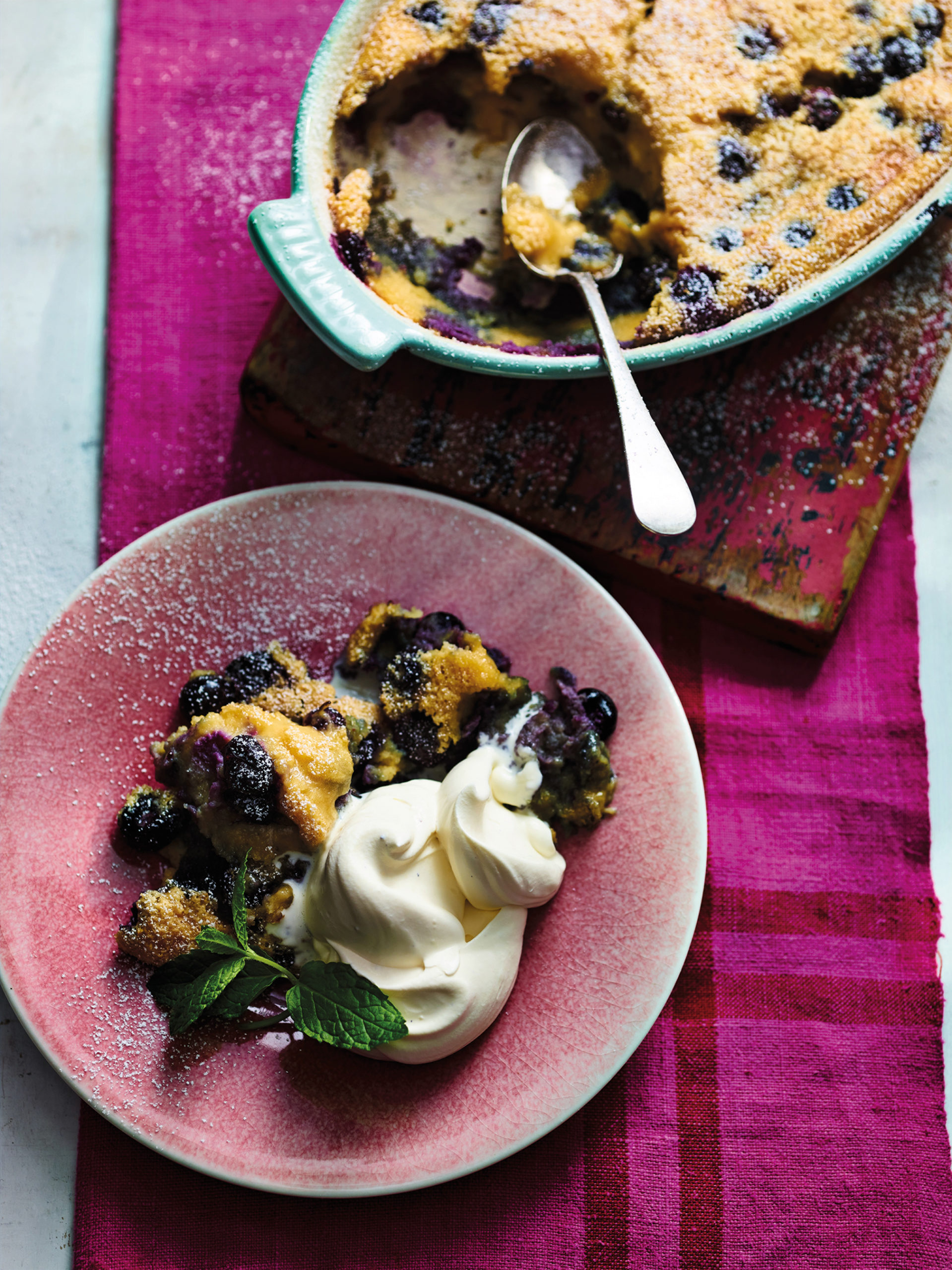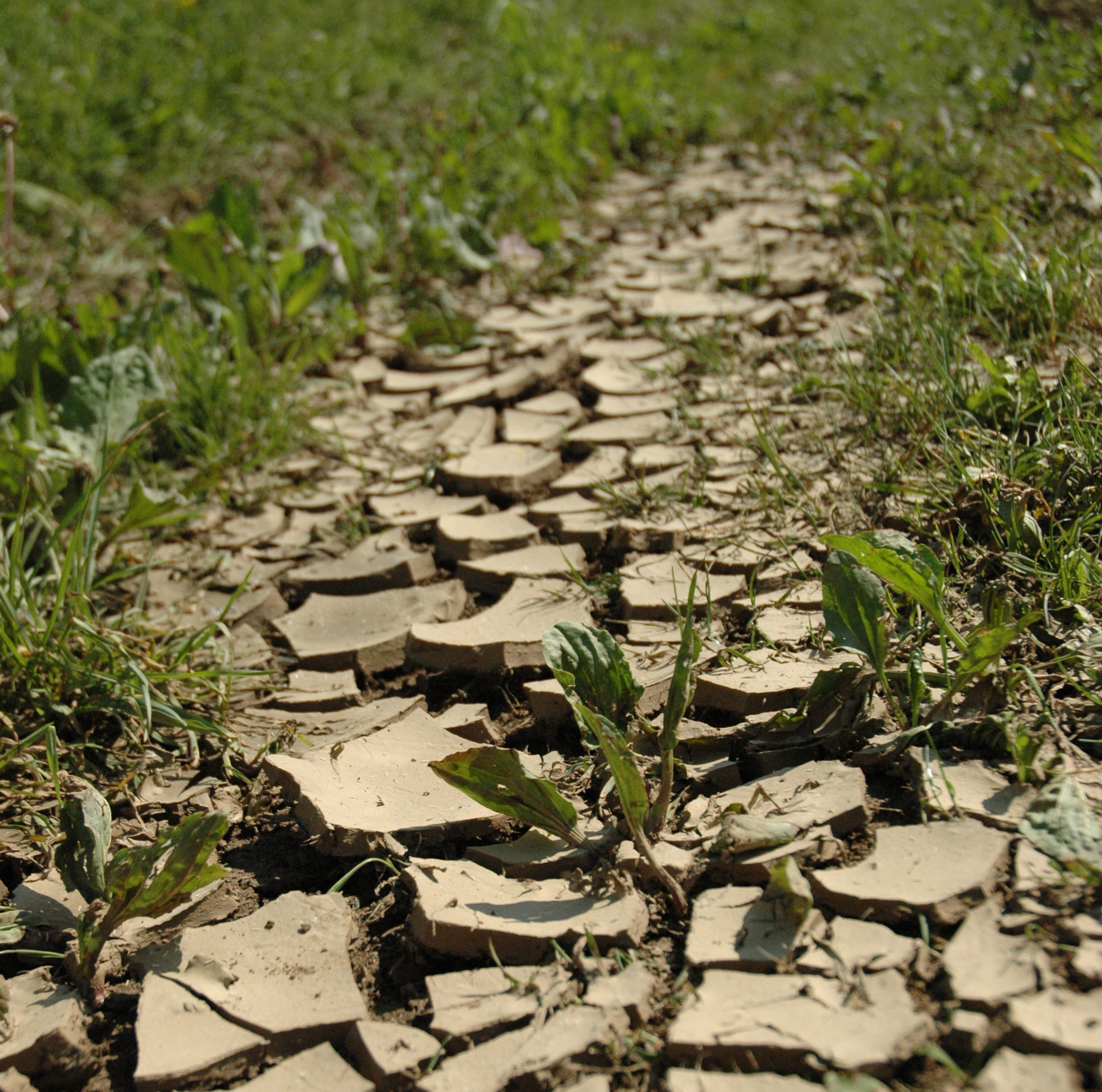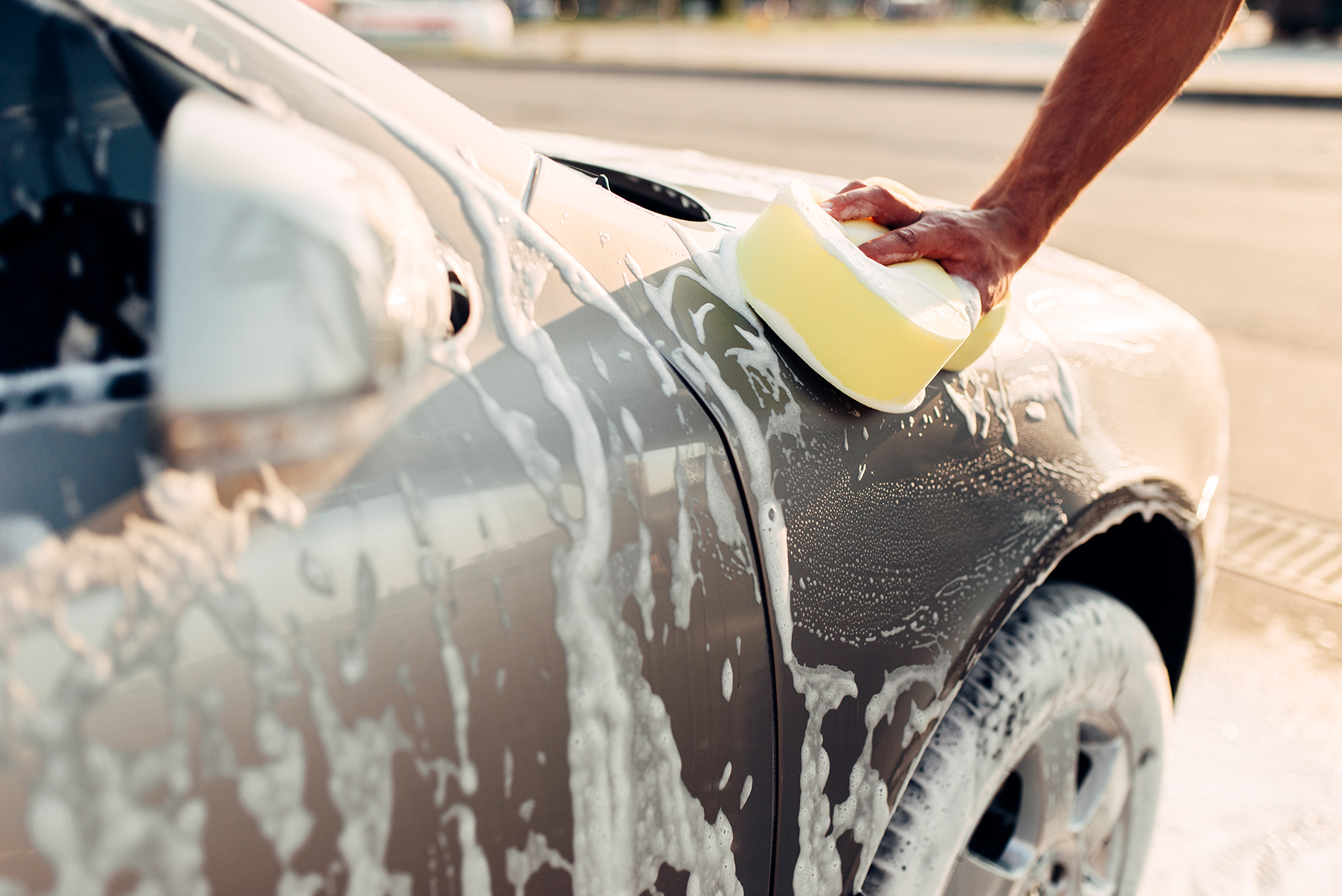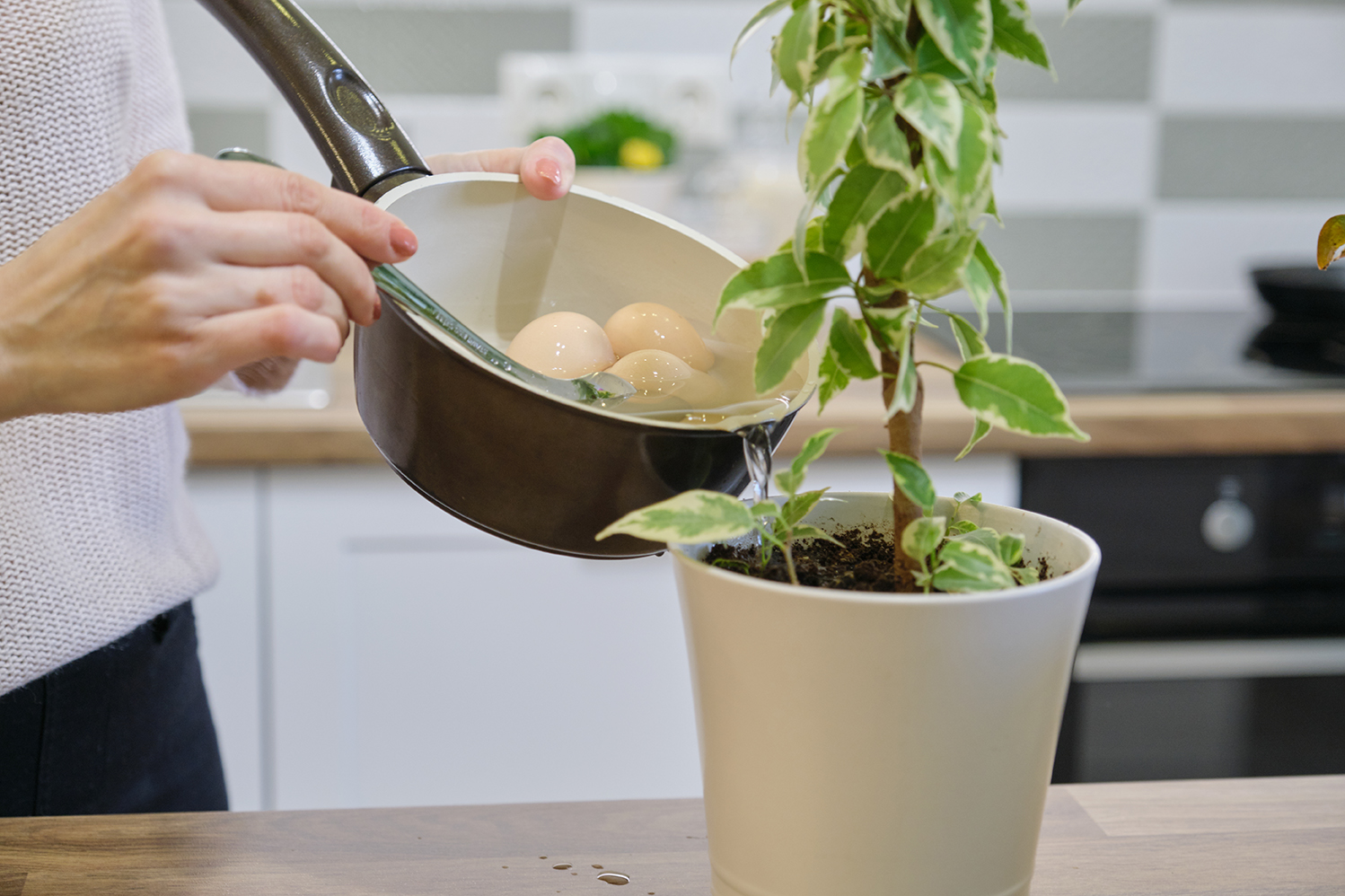Tips
Once students are ready to start writing, there isn’t a magic formula for the perfect statement but there are definitely a few things which can help to make it a positive part of the application. Here are some points to pass on to them:
1. Think hard about why you want to study the subject. This is a good place to start the statement. It can be a tough question to answer though, so where it just throws up shrugged shoulders and cries of “I just love it”, try thinking of where the initial interest came from as well as considering the value of studying the subject and its wider place in the world.
2. From the super-curricular activities you have undertaken, carefully select a few topics which really interest you and which you’d be happy to discuss in the statement. You may be passionate about sustainability in engineering; behavioural economics; US-China trade wars; exoplanets; AI in healthcare; epigenetics. What gets you excited and interested? What have you researched? These should form a significant part of the statement so that the universities can see where your interests lay and can see evidence that you have looked into these areas far beyond anything in the school curriculum. This clearly shows your academic motivation.
3. Think about your structure. I suggest three or four paragraphs. One introduces your interest in the subject and reasons behind wanting to study. The next two form the bulk and should look at the specific subject areas which you are interested in. The final section can be quite short and would look at any skills which you have gained from extra-curricular activities. These should be transferable skills, meaning that they will be useful at university and beyond.
4. Structure within your paragraphs. Never forget the purpose of the statement is to show your academic motivation, your desire to study this subject in depth so keep using words which reflect that excitement. Don’t forget also not to just paraphrase things you’ve read; give your opinion too. Do you agree or disagree with the status quo? How might you do things differently?
5. There are a few overused words and phrases which you should try to avoid, such as: “From a young age”, “I have always”, “I am a team player” or “passion”. Be original and interesting.
6. If you are applying for an academic rather than a vocational subject, keep that in mind. Work experience may be useful in teaching you some transferable skills, but it won’t necessarily help you to better understand academic theories. Keep everything focused on the academic side. Look at this example put forward by Jesus College, Oxford of how to lean into the academic side of things:
“I am endlessly fascinated by how legal disputes arise, are taken through court and ultimately settled. I could read court cases happily on Christmas Day.”
This is flat and dull and has no academic focus. The following gets specific and so it is much better:
“I am fascinated by how legal professionals trade in language. The 2016 UKSC case of Hotak v LB Southwark turned on the interpretation of “vulnerable” which Parliament had left deliberately vague.”
Once students manage to get started, it’s important to have someone look over their drafts. Teachers will be offering to do this in the summer term of Year 12 and again at the start of Year 13, before submission. Allow plenty of time for the statement to be completed and, good luck, to parents and students!







